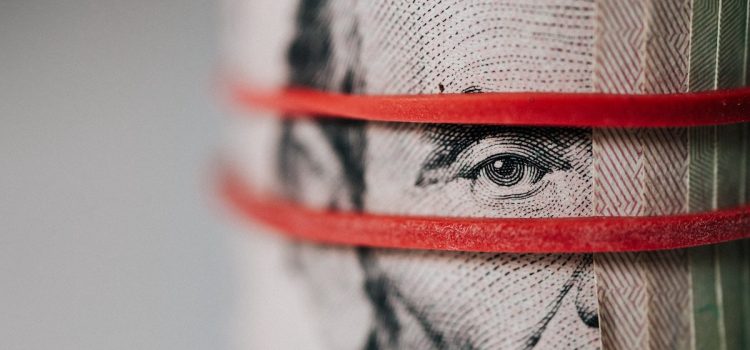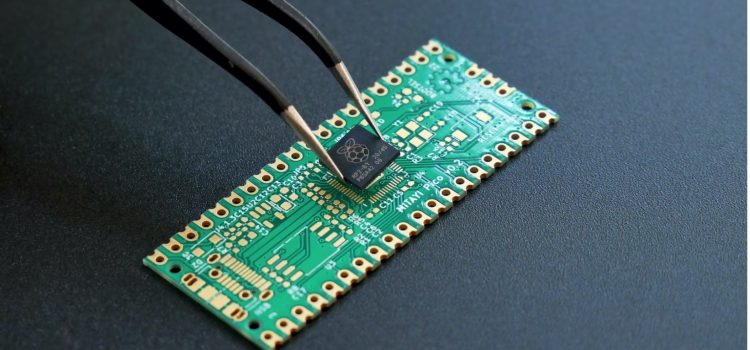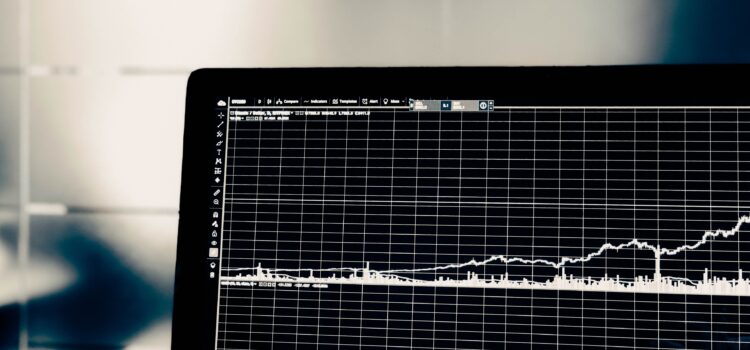What if economists collaborated with psychologists and sociologists? How could they benefit from spending more time on social media? In Narrative Economics, Robert J. Shiller argues that human beliefs and actions, rather than numbers and statistics, ultimately drive economic outcomes. From this perspective, he suggests that we adopt new approaches that broaden our understanding of economic events and help us make better predictions. Read more to learn about Shiller’s proposed narrative-based economic forecasting methods.
Narrative-Based Economic Forecasting Methods (Robert Shiller)










